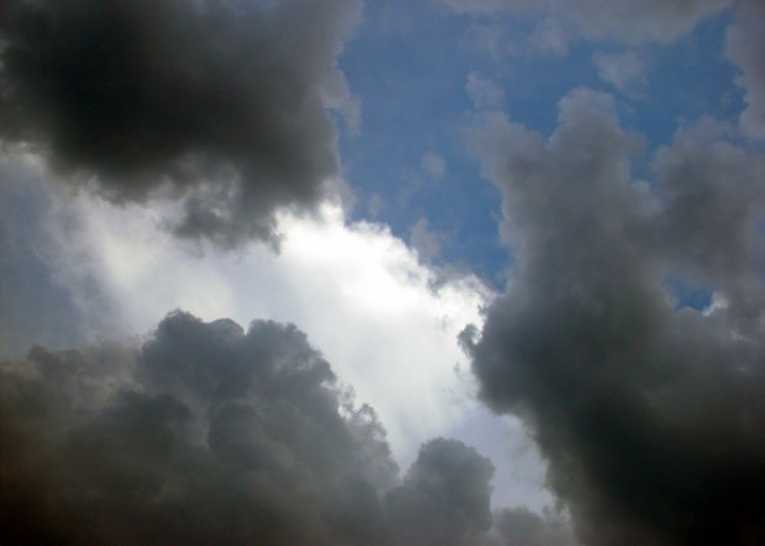As a rule, scientists studying the potential implications of climate change look to the future. So far into the future, in fact, that their messages are at risk of going unheeded - calling on people to fundamentally adjust their lifestyles so as to avert catastrophe several centuries or even millennia down the line represents a hard sell, even when emotional language invoking grandchildren and great-grandchildren is used.
However, one team of US researchers has been looking to the past in order to gain an understanding of the potential consequences of the major rise in the volume of carbon dioxide in the Earth's atmosphere seen since the dawn of the Industrial Revolution. Specifically, the experts at the National Center for Atmospheric Research in Boulder, Colorado, have been asking: When was the last time the Earth's atmosphere contained as much carbon dioxide as it may by the end of this century? And, perhaps more importantly, what lessons can we take from this period.
Working with data compiled from a range of past studies, it was assumed that, should the world's major and emerging economies continue to burn fossil fuels at the rate they are, by the end of the present century, atmospheric levels of CO2 will stand at between 900 and 1,000 parts per million, compared to pre-industrial levels of 280 parts per million. Then, again working on past studies that have shown how analysis of the molecular structures of fossilised organic matter can be used to determine historic CO2 levels, it was ascertained that this level was previously reached some 350 million years ago.
So, what was the climate like on planet Earth back then? According to lead researcher Jeffrey Kiehl, such a high volume of the greenhouse gas pushed the average global temperature up to around 88 degrees Celsius, with this standing in marked contrast to the average temperature of 59 degrees Celsius seen in the centuries leading up to the industrial age. Perhaps more significantly, while the Tropics enjoyed relative mild and unchanged temperatures, the Polar Regions were as much as 20 degrees Celsius hotter than they are today.
Writing up his findings in the journal Science, the NACR scientist argues that the computer models currently being used to predict future changes to the global climate may be significantly underestimating the extent of the potential problem, thereby making immediate action to cut back on carbon emissions more pressing than ever.
"If we don't start seriously working toward a reduction of carbon emissions, we are putting our planet on a trajectory that the human species has never experienced," Kiehl says. "We will have committed human civilization to living in a different world for multiple generations." Indeed, he goes so far as to say that, should emissions increases continue on their current trajectory, "the human species and global ecosystems will be placed in a climate state never before experienced in human history".
Furthermore, summing up he warns that, while it may be possible to work out a rough model by looking to the past, humankind is now entering a period of major uncertainty as carbon dioxide is being released into the atmosphere at an unprecedented rate.
Again, just as with those warnings that invoke a time when Earth's current inhabitants will be long gone, so too is referencing a period in the planet's remote history unlikely to instil a sense of urgency in either governments or individuals. As several commentators have argued in the past, environmentally-focused policies, like those relating to pensions, are burdened by the fact that they are not short-term vote-winners.
But, this stark warning from the US comes in the same week that the country's National Climactic Data Center, in partnership with NASA, reported that 2010 was the joint-warmest year since records began back in 1880. According to the latest statistics, the average worldwide temperature was around 0.62 degrees Celsius above the 20th Century average, placing the year on a par with the high of 2005. While those currently being directly affected by such changes may find little comfort in such sentiments, some campaigners believe that, by demonstrating that climate change is real and is happening now, this could help inject a sense of urgency into policymakers and households in both the developed and the developing worlds.










